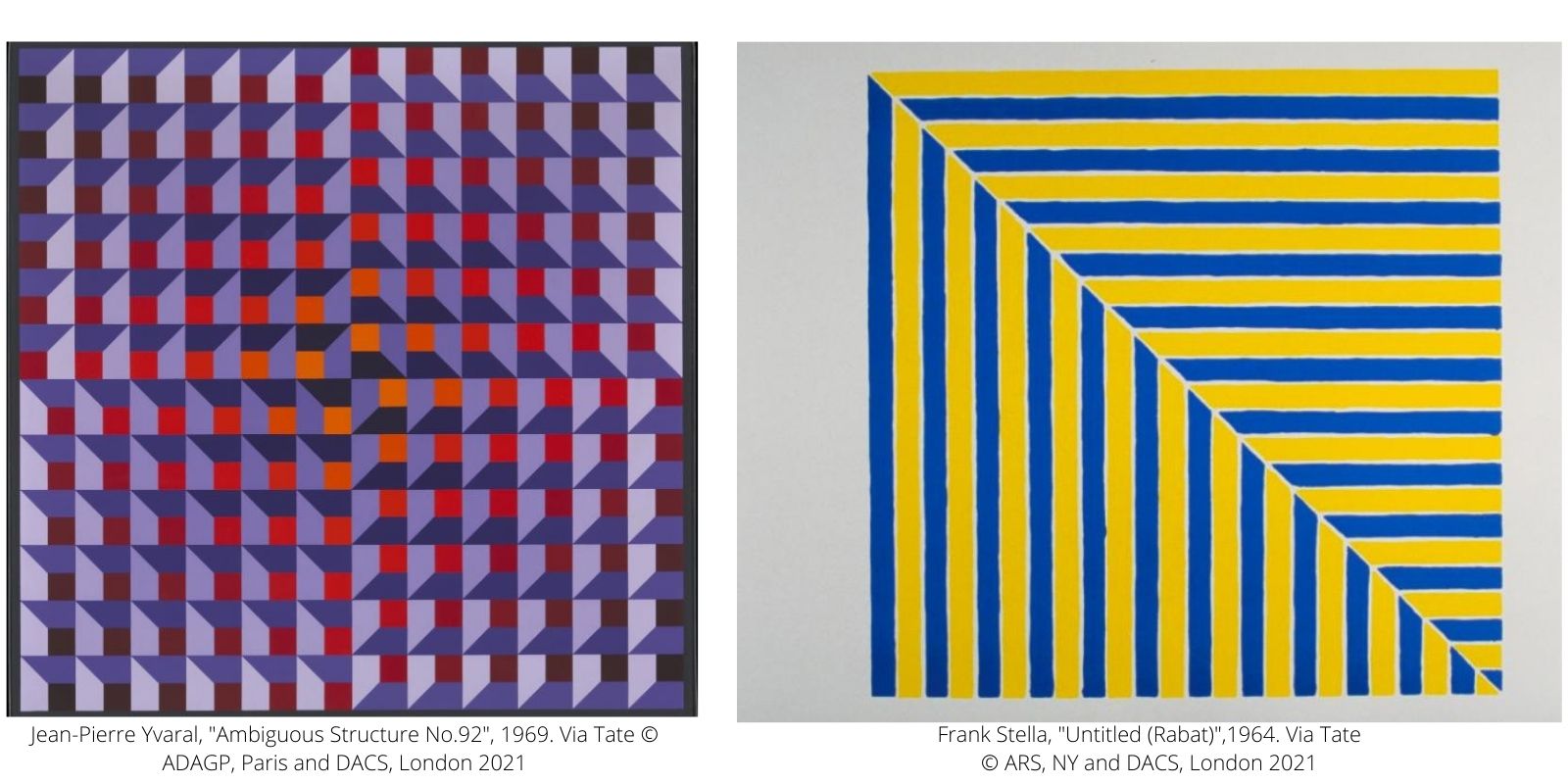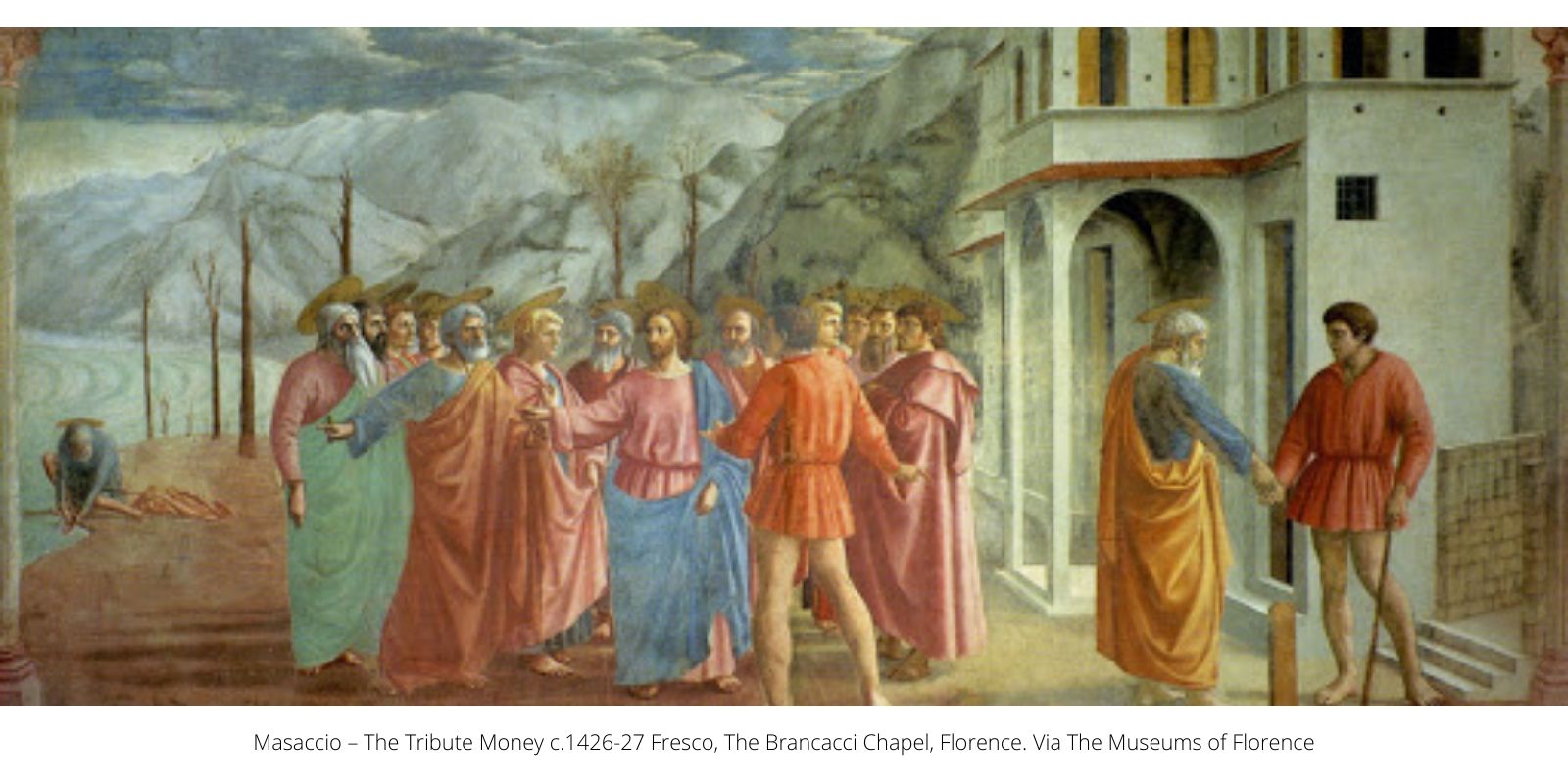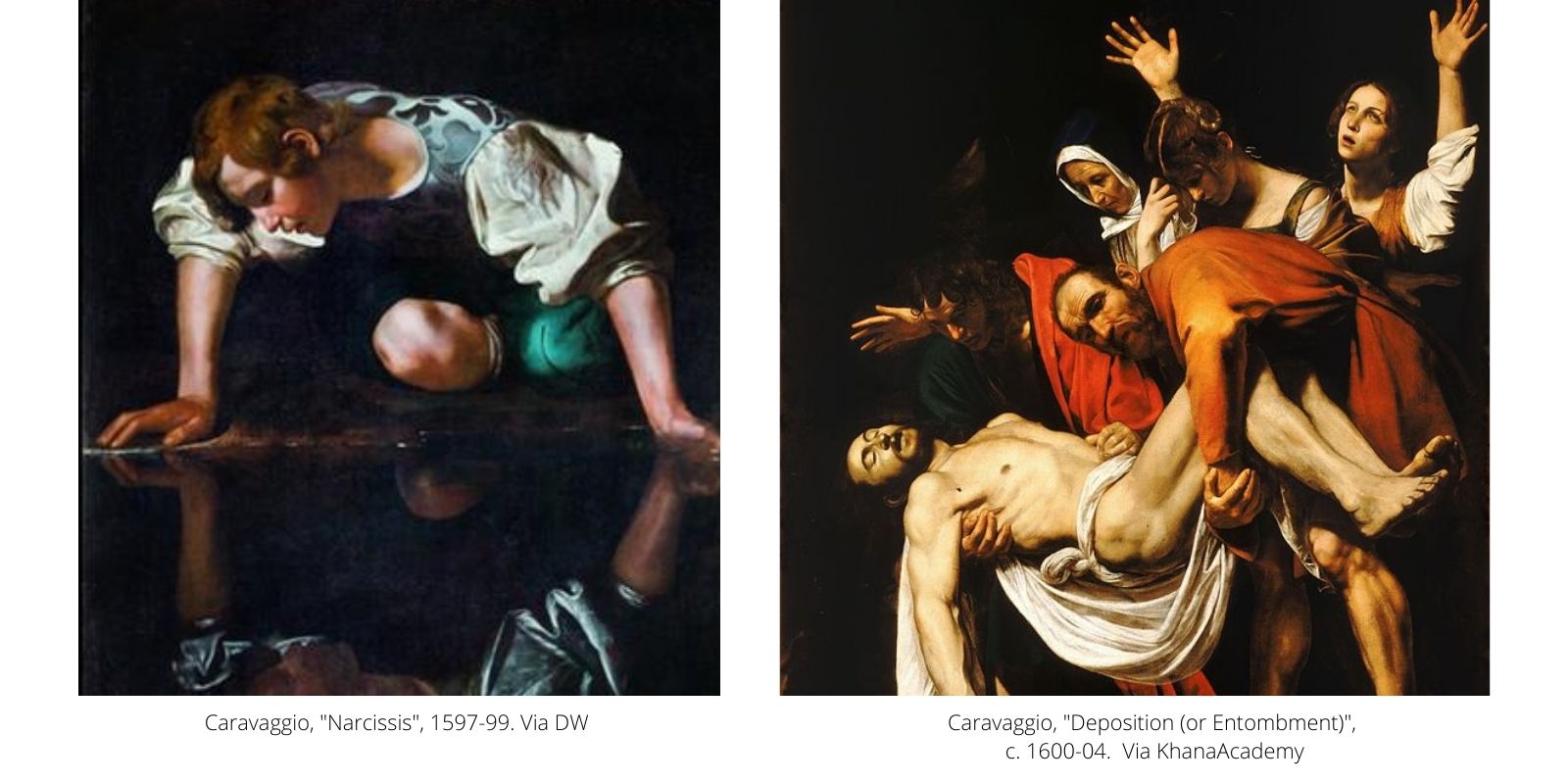Until Op-Art: Key Influences throughout Art History
As an art lover and gallery-crawler, have you ever heard the term “Op-Art”? Op- Art stands for Optical-Art. In short, Op-Art is an art style and movement that started in the early ‘60s that explores optical illusions either through colour, size and shape of compositions. We appreciate that this doesn’t tell you much to fully understand what it actually is, so that’s why we created this article for you! We will guide you through some of the critical moments that led to the Op-Art movement and the importance of discovering perception and perspective to the world as we know it today.
To be an artist means to study the world non-stop. Although we may take what's around us for granted, there is a lot that we should thank artists for. Artists are known for observing the world more carefully than the rest of us. They are also known for being inherently curious. At the end of the day, artists are much like scientists or engineers: they want to perceive the visual world and understand its foundations. Fine Arts is a blend of all other subjects within the visual field.

Before we learnt and developed a language as a form of communication, our ancestors drew on rocks, walls, fabric and paper scrolls...everywhere. It was their way to perceive and translate information to fellow tribe members. This is a primary instinct and still happens today. Although we use the visual world to complement our complex way of communicating, we still rely on visuals to make information easier to digest and pass it from the sender to the receiver.
Understanding how to translate our 3-dimensional world onto a 2-dimensional medium, although often overlooked as a key communications skill, is fundamental for our development. This understanding allowed us to transfer and store information more accurately. Throughout art history, artists have tried various ways to demonstrate their awareness of depth into a flat surface: either through perspective or contrast. Multiple generations of artists saw mixed results in applying their techniques, but overall, most failed to merge their achievements into a single drawing. In other words, successful depth representation was not a linear success. If Renaissance painters and artists understood the essential mathematical foundations behind perspective towards the illusion of depth, the Baroque were the ones that really nailed contrasts and shade cues.
Optical Art was, in fact, the most significant milestone achievement for art history- unlike what many may say. Often people are intrigued by art movements that seem effortless, just like Minimalism and Op-Art, for instance. This misunderstanding of what a movement is about leads people to think that some art is better than the other. Renaissance is universally accepted as “good”, full of technique art, but contemporary art challenges these previously acquired stereotypes. Despite contemporary art not being universally accepted as beautiful, contemporary art as op-art, is great art just like any other art in history.
Let's explore some of these crucial moments for perception in art history.

Early Influences
From cave paintings to Egyptian art, all demonstrate a basic 3-dimensional understanding. It is essential to highlight here that these early drawings, as mentioned earlier, were crucial as a communication tool, yet had some profound aesthetic concerns. Egyptian art typically served the purpose of telling stories to future generations. Although it may not seem like it at first glance, Egyptians used mathematical formulas to represent proportions as a way to communicate social hierarchy (for example, bigger bodies to represent higher status and smaller bodies to represent slaves), and this was an extremely important practice for them. Their drawings are characterized by frontal body postures with side head profiles; order and repetition are aligned through two juxtapositioned layers. These primary characteristics demonstrate an awareness of the flat surface and an attempt to attribute a sense of movement to the story. Nonetheless, an accurate representation of depth appears lacking.

Medieval Period
During the medieval period, art typically served a religious purpose. Similar to Egyptian Art, Medieval Art wanted to tell a story. This extensive period was generally characterized by biblical subjects and mythological figures. Only in the late period of the Medieval and beginning of the Renaissance ages, the first geometrical studies around linear perspective appeared. Through experimentation with mirrors, Filippo Brunelleschi understood that all lines converged into a single point in the distance and was then able to mathematically calculate scale and depth. This was a crucial discovery for the history of perception in art. After Brunelleschi, other artists started exploring linear perspective such as Masaccio and Giotto who are now widely studied in most art history curricula and considered the masters of the vanguard. Both explored Brunelleschi’s discovery in different ways, but both relevant. While Masaccio was more obvious in his use of linear perspective through directional light and clear ambience buildings to direct the eye to the vanishing point, Giotto used an above eye-level converging point to create the illusion of depth.

Renaissance Period
During the Renaissance we can indeed note the rapid diffusion of the linear perspective technique. It is also notable how such a small discovery propelled creativity into more complex narratives. The Renaissance became one of the most admired periods of art history because of the detailed studies of anatomy and a higher sense of movement that influenced the periods that followed. Even though this period's subject of religion did not change much from the Medieval period, artists were more aware of the importance of capturing depth in their works. During the Renaissance, artists really dived into experimenting with multiple juxtapositions of layers, tons of people in the same painting, and more precision with contrasts. "The School of Athens" by Raphael is probably one of the best examples of this period where we can really observe complexity, attention to detail, and an attempt to capture depth and movement in comparison with art of the previous periods.

The Establishment of Perspective
After the 17th century, perspective studies really established their place as a must-use technique for artists. Artists pushed the boundaries of the contrasts, shading and highlights to embrace the previously learnt perspective technique. The Baroque painters such as Caravaggio, Rembrandt, Reubens, Velazquez and Artemisia embraced the illusion of depth and truly primed the technique of representing the real. The technique often seen in Baroque paintings is the smoother transition from dark to light: dark in the distant background and lighter in the closer subjects, highlighting the different juxtaposed layers of depth.
Modern Art
Last but not least, we have to reference Impressionism in building our understanding of the development of how art depicts reality. "Why Impressionism?'', you may be wondering. The Impressionist period had a crucial influence on Op-Art because it studied the foundations of our perception of colour. While Impressionists were not very concerned with proportions or scale as artists during the Renaissance, they were interested in understanding how the perception of colours affect our emotions and understanding of a picture. During this period, artists applied pure paint directly onto the canvases instead of mixing and preparing each colour nuance ahead of the brushstroke. The artists understood that the eye could not process these pure colours at a distance and would end up mixing them as the eye composed the full image, therefore appearing to make a fluid image, rather than one composed of disjoint colour strokes.

Finally, the Op-Art Movement!
Op-Art, or Optical Art, is a movement that started in the late '60s. It sits within the Abstract spectrum, and it is a direct outcome of all these previously mentioned historical periods. As mentioned at the beginning of this article, Op-Art was a massive milestone for the art world. It goes beyond the expected boundaries of perception, challenging the viewer's eye to distinguish what is moving and what is not, but in fact, nothing is moving! In Op-Art, through the negative and positive space between geometric shapes, the picture generates a feeling of movement as the eye perceives - and the brain processes - the image.
Bridget Riley is the most prominent name in this movement. She has been producing Op-Art for over 60 years. The artist has a great range of artworks that genuinely demonstrate the fascinating illusory perception of motion. Riley combined in-depth colour studies with detailed shapes and compositions at a large scale, making her paintings an immersive experience.
Op-Art, Bridget Riley, and other artists broadened the optical perception rules, making Op-Art one of the most outstanding achievements in art history.










